Moreover, the blades of falchions are often longer than those of Stortas.
Here, we are on a storta slightly different from the standard models, in that the quillons, usually larger, are here much more compact and the knuckle branch is only suggested by the quillon on the edge side which outlines a rise protecting the fingers ..
The style used for the engravings which decorate the weapon places us towards the end of the 16th century or the very beginning of the 17th century. BLADE: This is a single-edged, slightly curved blade that has a hollow in the last 12 centimeters of the back near the tip.
On each side, we find beautiful frieze engravings of brambles and flowers.
Length of the blade = 47 cm, width near the guard = 4.2 cm, width at the widest, = 7 cm thickness near the guard = 6 mm
GUARD: this is a guard whose quillons are upset, it is to say that they are of reverse curvature.
The guard is decorated in the shape of a scallop shell towards the blade. It seems that this guard is riveted on the blade
POMMEL: It is made of iron, solid, in the shape of a rectangle, without decoration.
The tang of the blade is riveted to this pommel by a large riveting button, which is certainly original.
GRIP : it is made of bone, in 2 parts which surround the tang . It is richly decorated with engravings which take up the motifs frequently found on decorated Spanish and Italian leathers from the second half of the 16th century, as if the craftsman had wanted to reproduce a handle covered in leather and filigree.
Ref A-2444
Shipping costs: France €30, Europe €40



























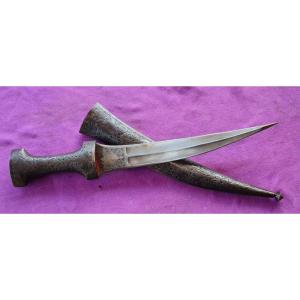


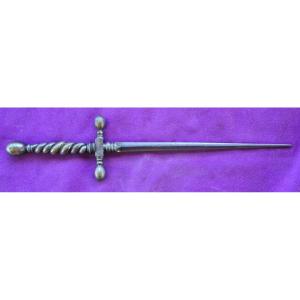
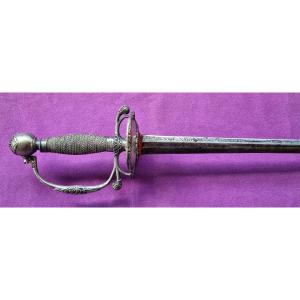




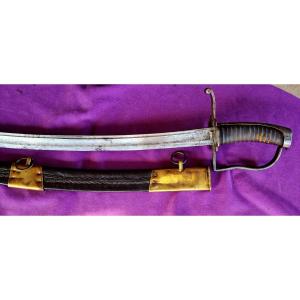




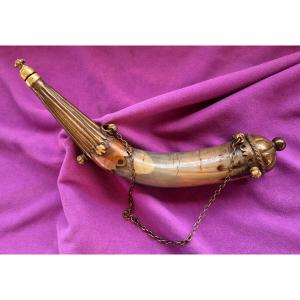
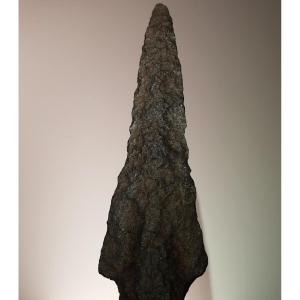

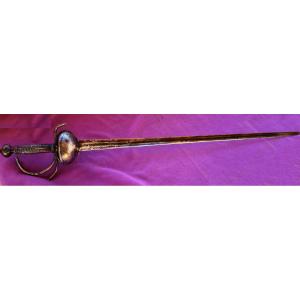
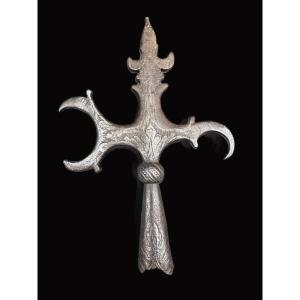
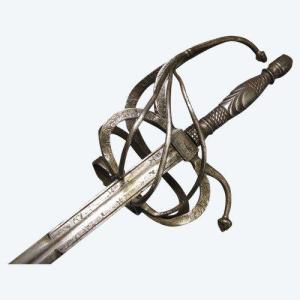



 Le Magazine de PROANTIC
Le Magazine de PROANTIC TRÉSORS Magazine
TRÉSORS Magazine Rivista Artiquariato
Rivista Artiquariato